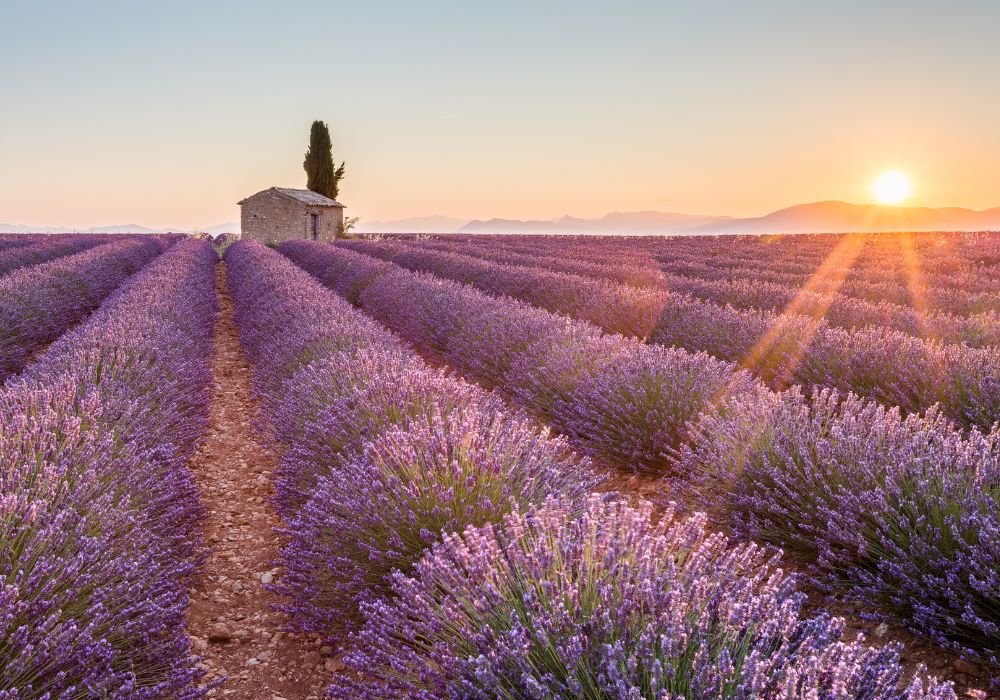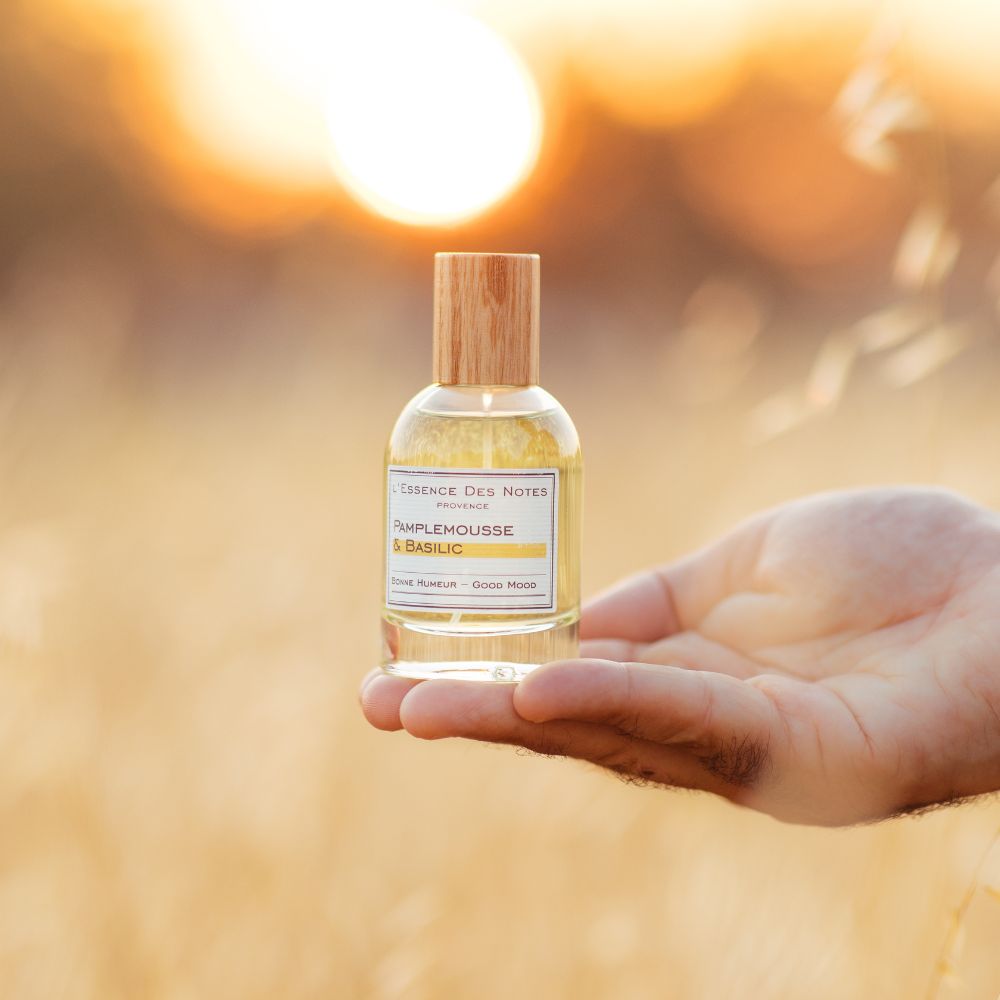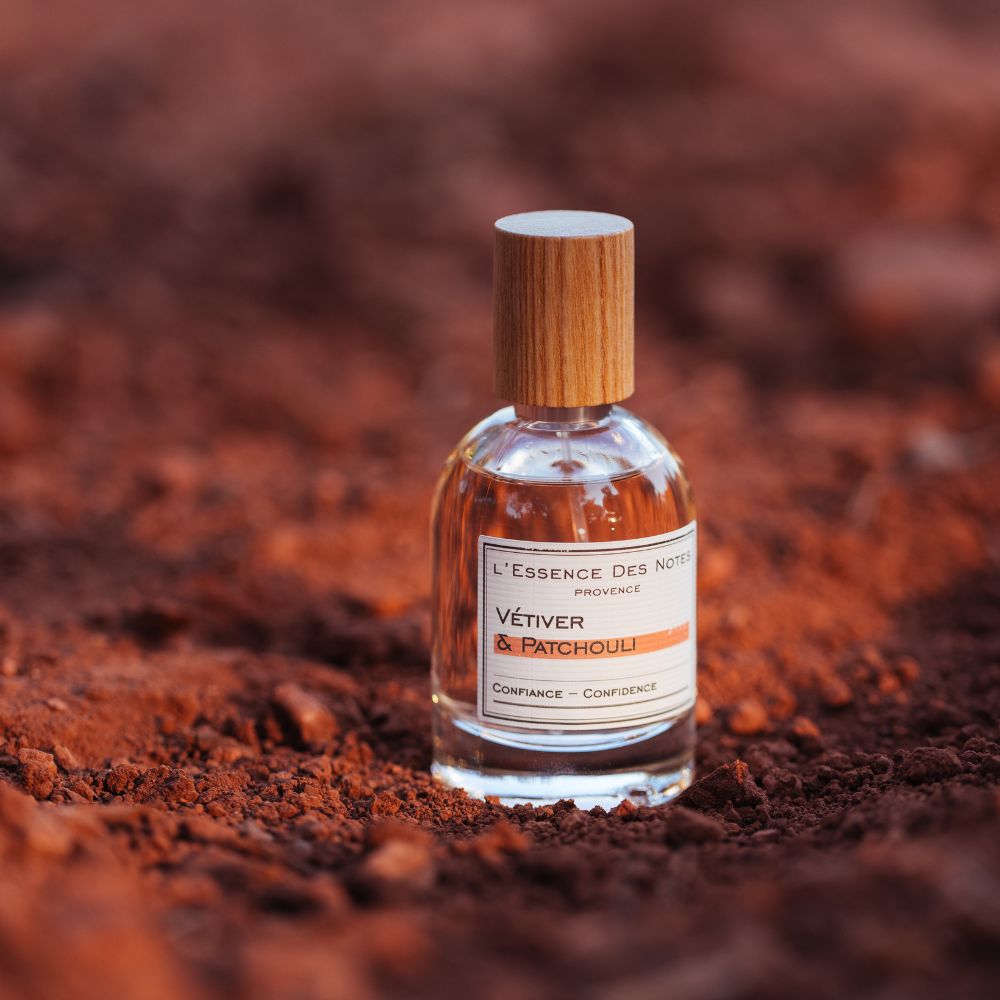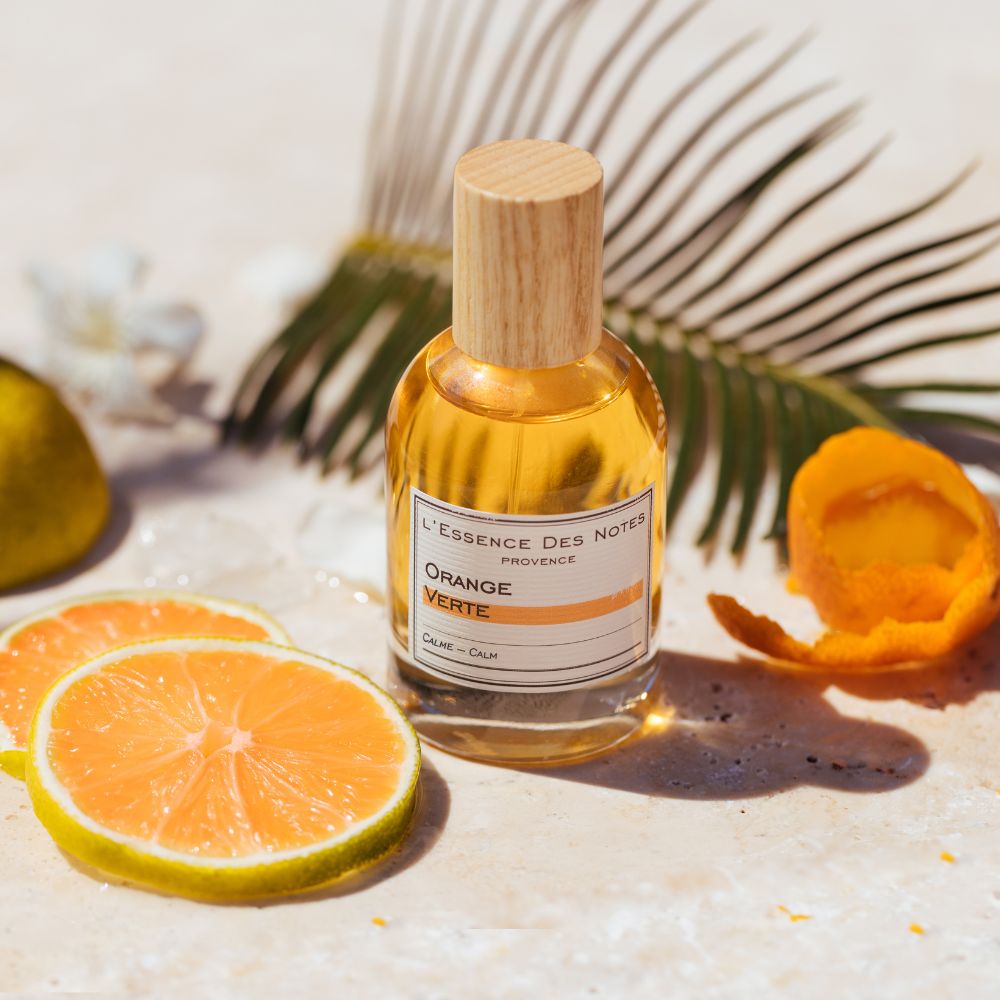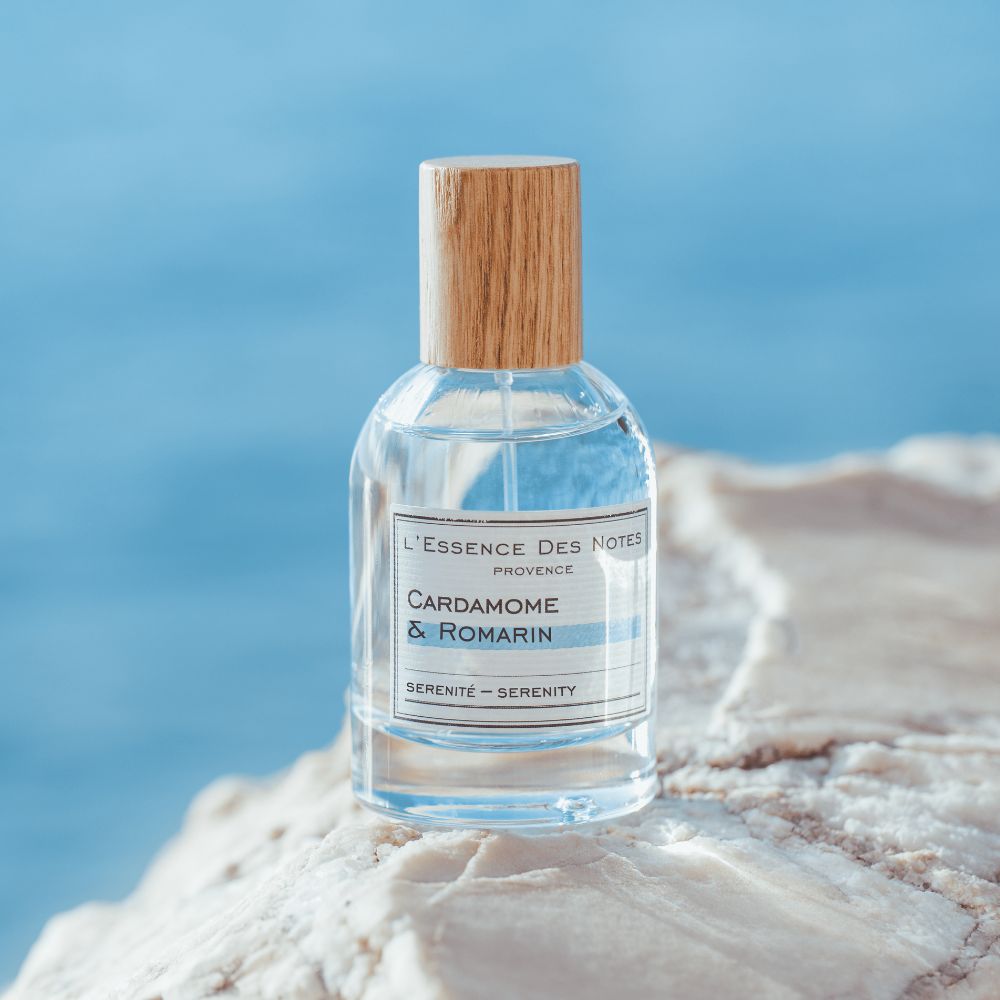Provence is an exceptional nature destination. The region has many plants for making perfumes. Besides, it is known for one of the largest cradles in the world. This is why the various players in the perfume industry take advantage of the region to design the best perfumes or fragrances. To learn more about the perfumes of Provence , we invite you to read the following lines.
Why is Provence considered the terroir of perfumes?
Rich in nature, Provence has been known for centuries for the cultivation of perfume plants. Indeed, its geology as well as its mild and sunny climate are perfect for the cultivation of these plants. To make a delicate fragrance, you will find everything in the region: citrus fruits (orange tree plant, orange blossom, grapefruit perfume , bergamot), patchouli perfume , vanilla, lavender, jasmine, sandalwood, cedar wood perfume , thyme , rosemary… These perfume plants are even more numerous in Grasse, the world capital of perfume.
Whether you are a professional perfumer or a simple fan of good scents, you can go there to see how to select and maintain the best varieties of aromatic or fragrant plants.
You will also have the opportunity to discover rare plants with a different olfactory note.
What are the plants of Provence most used for the manufacture of perfumes?
Several aromatic plants and fragrant plants fall within the scope of the manufacture of perfumes: eau de parfum, eau de toilette, eau de Cologne. Perfumers and cosmetics specialists collect plants that have a good scent or freshness for creation. Between lavender and lavandin, there are also other species such as thyme, rosemary and many others.
Lavender
Lavender is a plant appreciated both for its olfactory virtues and its therapeutic virtues. It provides several benefits for the body. Also, since the dawn of time until today, it is widely used in the world of beauty, scents or perfumery.
It was in 1892 that lavender first appeared in a great perfume called Fougère Royale d'Houbigant. This perfume belongs to the olfactory family of ferns. Its lavender top notes, its base of oak moss and coumarin as well as its rather floral heart are very appreciated by people who love a good scent.
Today, the lavender olfactory type can be associated with other plants such as vanilla, Cyprus, thyme, coriander , coffee or many others. Initially, the lavender scent was associated with the male sex. However, it is attracting more and more women with more feminine compositions and floral notes. To buy a bottle of lavender perfume, you can go to a cosmetics or perfumery store.
Thyme
In case you want to have a home fragrance, you can focus on thyme. It is an aromatic plant that gives a special atmosphere to your interior space. Thanks to a thyme spray, you can remember the beautiful smells of Provence at home. It will perfume your home with a generous and sunny atmosphere. Associated with lemon, the bouquet of thyme also offers a well-being and soothing atmosphere in your home.
According to your desires, you can buy a spray or a diffuser to better smell the scents of this plant from Provence. Practical, it can be used in all rooms of the house: bathroom, living room, bedroom, toilet...
Rosemary
As an aromatic plant, rosemary is widely used in cooking. This plant enhances the taste of savory dishes. It will give a Provençal touch to your dishes. Its aromas will bring an incomparable flavor to your various preparations.
Thanks to its scent, rosemary is also used in perfumery. You can find it in the composition of the oldest perfumes in the world. It is the basis of the famous colognes. Indeed, it is part of the aromatic notes or the rural notes. These scents are generally reserved for men. Indeed, rosemary gives off a more dynamic scent, like musk. This is why it is associated with manly and sporty eau de parfum. However, designers are not short of ideas for women. They play with more finesse. Moreover, if the trend wants the return of old raw materials, there will still be ranges of rosemary perfumes to discover. You can find a woody or other perfume extract in stores.
What are the different notes of Provence perfumes?
The manufacture of perfumes consists in knowing how to mix different notes in order to have a fragrant or perfumed, unique and pleasant product. Know that you have to use several aromatic materials to make a single perfume. The recipes are sometimes complex. However, they are always based on a mixture of top notes, middle notes and base notes. All these notes complement each other and take turns on the olfactory stage.
Thus, you will feel the top notes which express themselves first in an intense and ephemeral way. They only last a few minutes to 2 hours. They are composed of lighter essences. These are generally fresh and lively scents such as citrus fruits, rosewood, anise, mint...
The heart notes, on the other hand, will last longer. You can feel them between 2 to 10 am. However, they are less intense. Very seductive, they have spicy notes or floral notes. You will thus smell the smell of cardamom, galbanum, lavender and lavandin, rose, jasmine, clove, sage, nutmeg, anise and many others.
In addition, the base notes are composed of heavier fragrant scents. They appear late, but tend to persist for a very long time. You will still feel them after 8 hours or several months on hair or clothes. It is the base notes that give identity and personality to a perfume. Generally, they contain woody notes, vanilla notes, musk notes or even amber notes. These are the scents and scents that we remember. They create memories. In their composition, you can then find various elements: incense, cedar, benzoin, vanilla, guaiac, gum cistus, sandalwood, tonka bean.


